Text by Piotr Bockowski
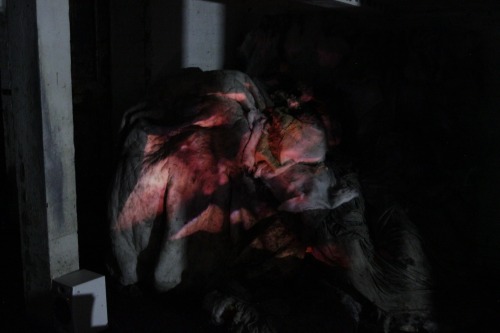
A squatted sewage in North London called the Dungeons of Polymorphous Pan has been hosting Chronic Illness events for 7 years, forming a unique environment shaped by a mutagenic performance art method. The method, inspired by various biomedia, including the Internet or fungi, recognizes them as life processes breaking down and reassembling human and nonhuman bodies into complex ecologies.
Inspired by rotten fetishism, various acts of body performance that engage with fungi on a visual and material level have been featured at Chronic Illness to explore the possibility of enacting alternative sexualities and non-normative lifestyles as key ecological processes within the present-day, decomposing civilization.
Those alternative sexualities can be described as ‘fungosexual’, which formulation repositions queer sexualities in the context of the original meaning of the term ‘queer’, which is ‘rot’, and which stands for a fungi-induced process of decomposition. With this, I explore the foundational importance of rot for breaking down and sustaining bodies, relationships and life. Using the mutability of fungal life as a model, I also look at life’s mutation beyond the binary bias of sexual reproduction.
There is a radical nonhuman dimension to the performances of bodily mutations on the part of some Internet users. Chronic Illness performers examine those mutations to probe various new possibilities of life in its corporeal and sexual dimensions. With a view to this, Chronic Illness turns to fungi as a conceptual device, offering some crucial insights into the generativity of living matter.
The practice of fungal fetishism is informed by the technological decomposition of human sexuality and the human body and their mediations on the Internet. Those mediations, actualized by performances of bodily mutations, serve as performative speculations about the nonsexual forms of human reproduction.
Intra-species cross-breeding at the Dungeons of Polymorphous Pan flirts with aspects of contemporary visual media culture that explore the idea of a nonsexual, transhuman reproduction through the processes of bodily disintegration, fragmentation and multiplication.
In Chronic Illness curation, those ‘mutant performances’ play out as visceral re-enactments of the manipulation techniques of social communication and the extreme body imagery available on the Internet. What I see as the “mutagenic influence of the Internet” is not just related to the visual shapeshifting of Internet users’ bodies; it also concerns the integrity of human sexual identities – which become fractured, dispersed, multiplied and fluidly hybrid.
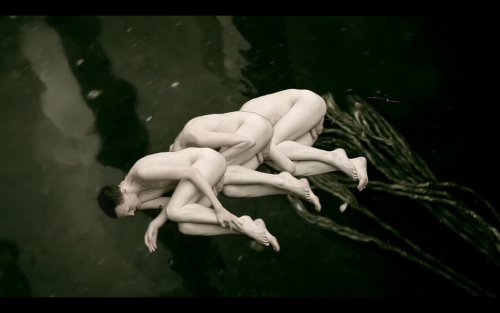
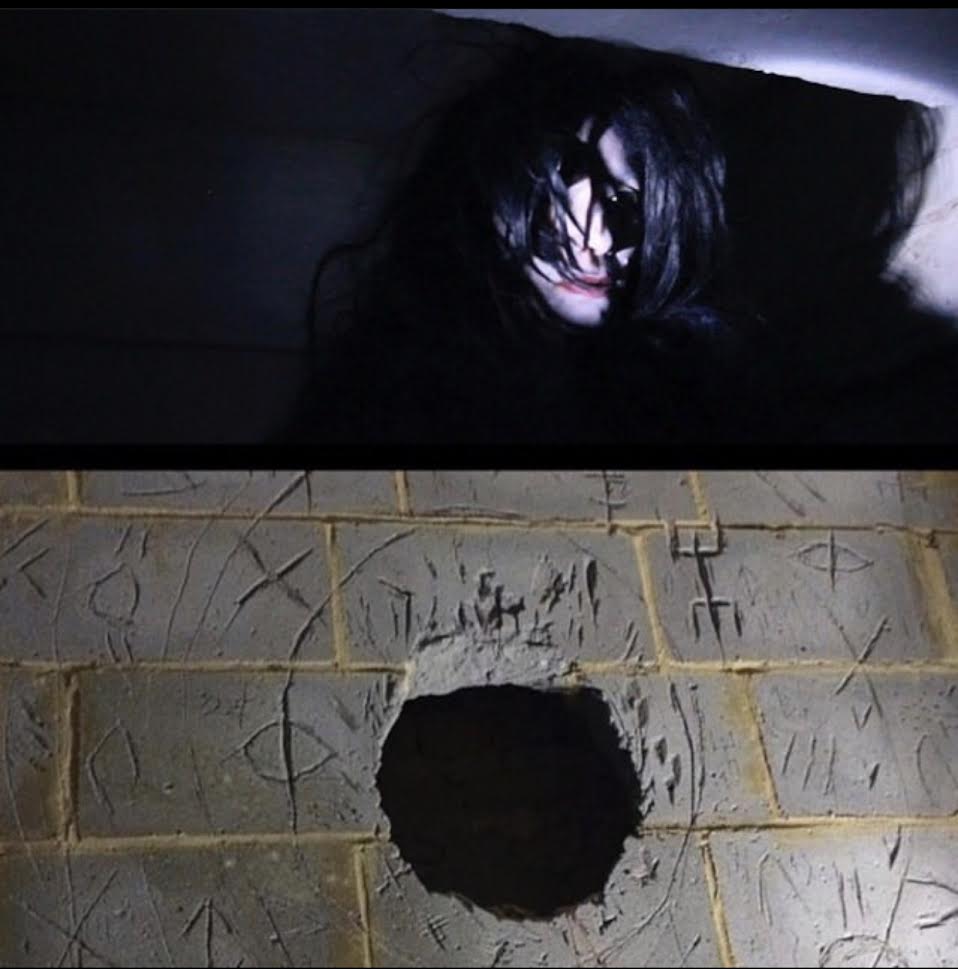
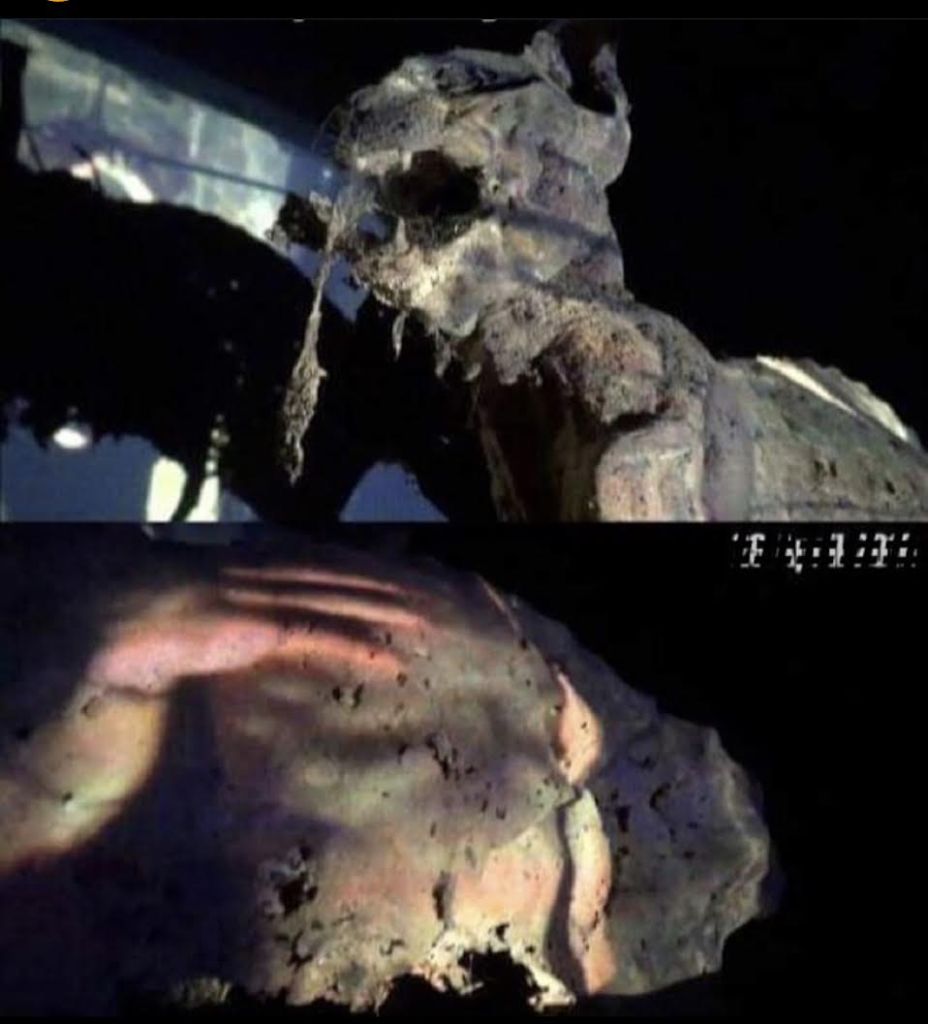

Fungal fetishism is thus concerned with this simultaneous challenge posed to human sexual identities by networked communication and by the mutations of human bodily imagery online and offline. Those two phenomena of human technological activity – the dispersion of sexualities by means of networked communication and the image manipulation of mutant bodies through computer simulation and editing – are related to fungal decomposition not merely via aesthetic correspondence but also, more importantly, through their shared mobilization of new materialist thinking about the human body.
This thinking can take Internet users beyond it towards some novel forms of involvement with nonhuman life. It is animated by the transgression of contemporary philosophy and performance art beyond Internet culture – towards a nonhuman, fungal life. Human sexuality and the human body serve as terrains of this transgression.
By focusing on the aesthetics of bodily mutation and corporeal decomposition in digital image manipulations on the Internet (traced from their origin in body performance and bioart), fetishism at the Dungeons of Polymorphous Pan reflects on the sexualization of diverse bodily transformations that occur through online activity.
Looking at the proliferation of Internet pornography, with its accelerating fetishisms, a rapidly growing number of new non-binary gender identities, the convergence of queer sexualities with technophile subcultures, the fantasies of cybersex and alien abduction – the Internet shall be recognized as a sphere of the transgression of human sexuality.
Moreover, humans subjected to, or taking on, Internet mediations can be considered as ‘beyond-sexual’ life entities, which in turn leads me to suggest that the medium of the Internet offers a form of human bodily reproduction that is not sexual.
Can post-Internet performances of bodily mutation be considered a form of bodily reproduction? – A reproduction via decomposition, offered here as a counterpoint to the industrial (‘capitalist’ or ‘communist’ alike) overproduction of sexual bodies, which causes global overpopulation and, ultimately, has a destructive impact on nonhuman life. ‘Fungosexuality’ serves as a name for this possibility of bodily reproduction via mutant performance instead of growing families.
Witnessing the proliferation of non-binary sexualities, fetishism, gender querying and asexuality on social media platforms, performance art at the Dungeons of Polymorphous Pan explores how this proliferation converges around visions of the mutation of the human body.
Here, the vital aim of post-Internet performance art is to foreground the very material aspect of certain asexuality of Internet users – those who decide to perform mutant aesthetics online and those who do so in physical spaces. Those mutant bodily forms are being born at the crossroads of the Internet culture and body performance art, lending themselves to philosophical speculation about the abstraction of human bodily reproduction, which is achieved through the transgression of biological sex and a new materiality of the performing bodies. This new materiality is manifested by the intimacy between mutant performers and nonhuman, fungoid life forms. Diverse expressions of gender-bending online are being enacted with a view to then translating them into bodily performance beyond the Internet.
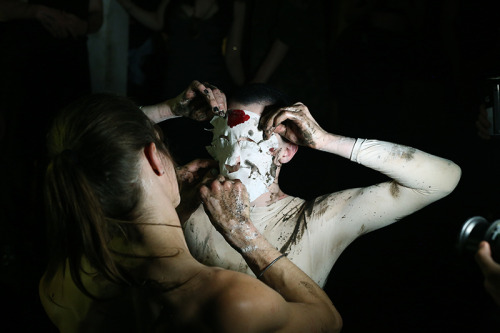
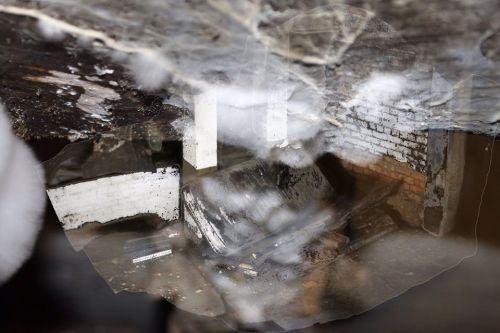
The practice of performing mutant bodies at the Dungeons of Polymorphous Pan situates the hybrid and fractured subjectivities characteristic of the Internet in the context of material vitalism. Indeed, those subjectivities are explored not as human social constructs but rather as performative expressions of the primal generativity of matter.
Employing the philosophies of dark materialism, the Internet and the human bodies entangled with it live their haunting presence in the context of material processes of nonhuman life. Finally, a dedicated focus on fungosexuality encapsulates the possibilities of connecting post-Internet queer mutants and the extreme diversity of the pre-sexual forms of body reproduction performed by fungi.
In our biosphere, the material process of decomposition is driven by fungi. This process is of vital importance for the creation of new life forms. This is why decomposition becomes important for Chronic Illness performers as a concept, visual image and – importantly – a set of material processes aimed at enacting human sexuality and the human body differently by breaking them down and reshaping them in a new form.
The mutant performances of many Internet users are sustained by the media decomposition of their human bodies and identities, with their body images transformed into alien shapes. The decomposing (i.e. fungal) element of technological mediations manifests itself in various performances of body mutations, offering the possibility of nonsexual forms of reproduction of those bodies via their multiple mutant shapeshifting.
Those mutant performances can be perceived as sexualized in a queer way, but at the same time, they involve an intense fetishization of the mutant features of the performers. I introduce the term ‘fungosexuality’, instead of using non- or a-sexuality, to highlight this very transformation of human sexuality towards various ‘beyond- sexual’ forms of body reproduction associated with fungal entities. Fungosexual practices embrace here the aesthetics of androgyny, dynamics of bestiality, ambience of detritus and other forms of sexual ambiguity.
Post-Internet performance art offers a shift from humans’ sexual mode of bodily reproduction towards post-sexual mutations through media performance. Since sexualized practices of fetishism, queer sex, and transsexuality challenge the traditional reproduction of human bodies via the coupling of binary genitals, they arguably can be more prone to reinvesting their actors’ reproductive creativity in the media performance of some alternative ways of being together. This phenomenon is a resistance against the productivist and consumerist use of technology, in particular by opposing fetishist transgression of human identities to the sexual over-production of humans on our planet today.





